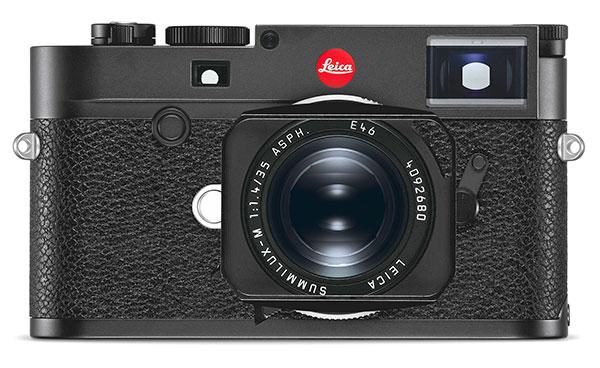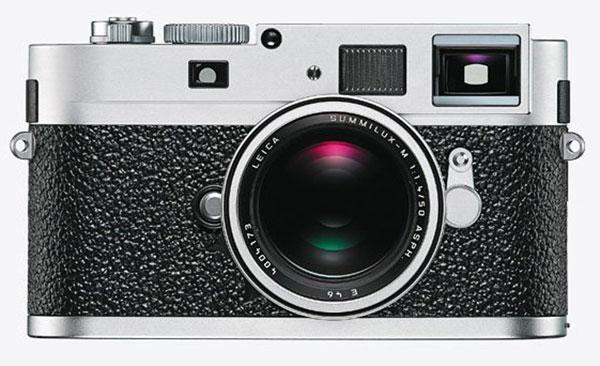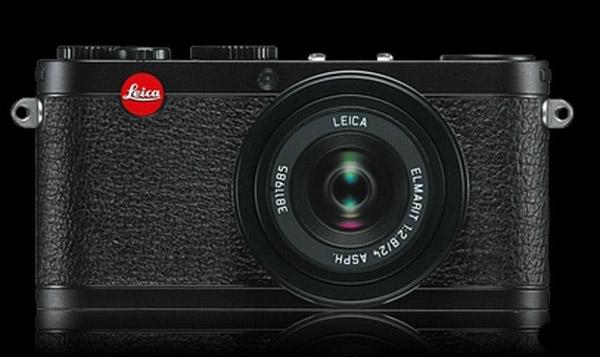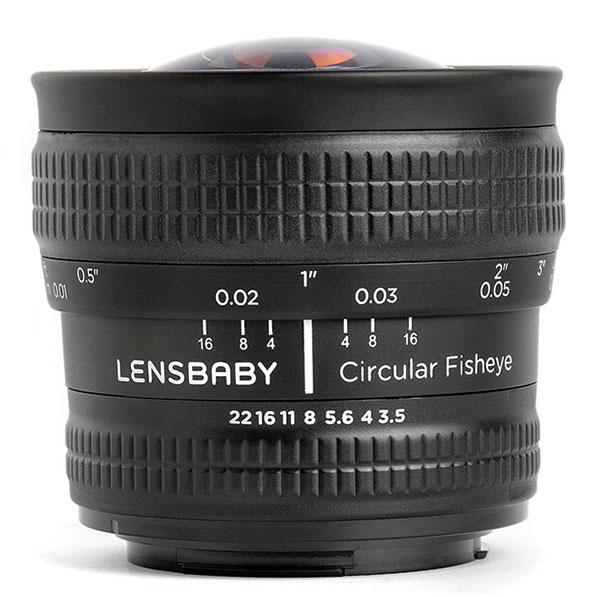George Schaub
Sort By: Post Date | Title | Publish Date
|
Jun 22, 2017
|
Aug 01, 2006
|
Aug 15, 2014
|
Jun 15, 2012 |
First Published: May 01, 2012
|
Sep 15, 2011 |
First Published: Aug 01, 2011











